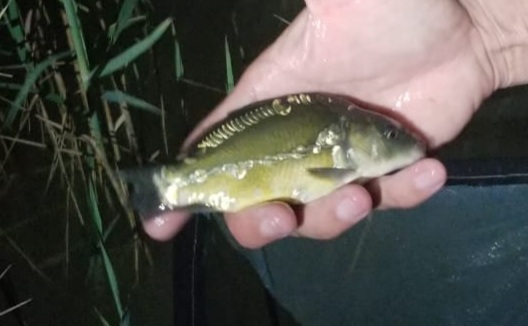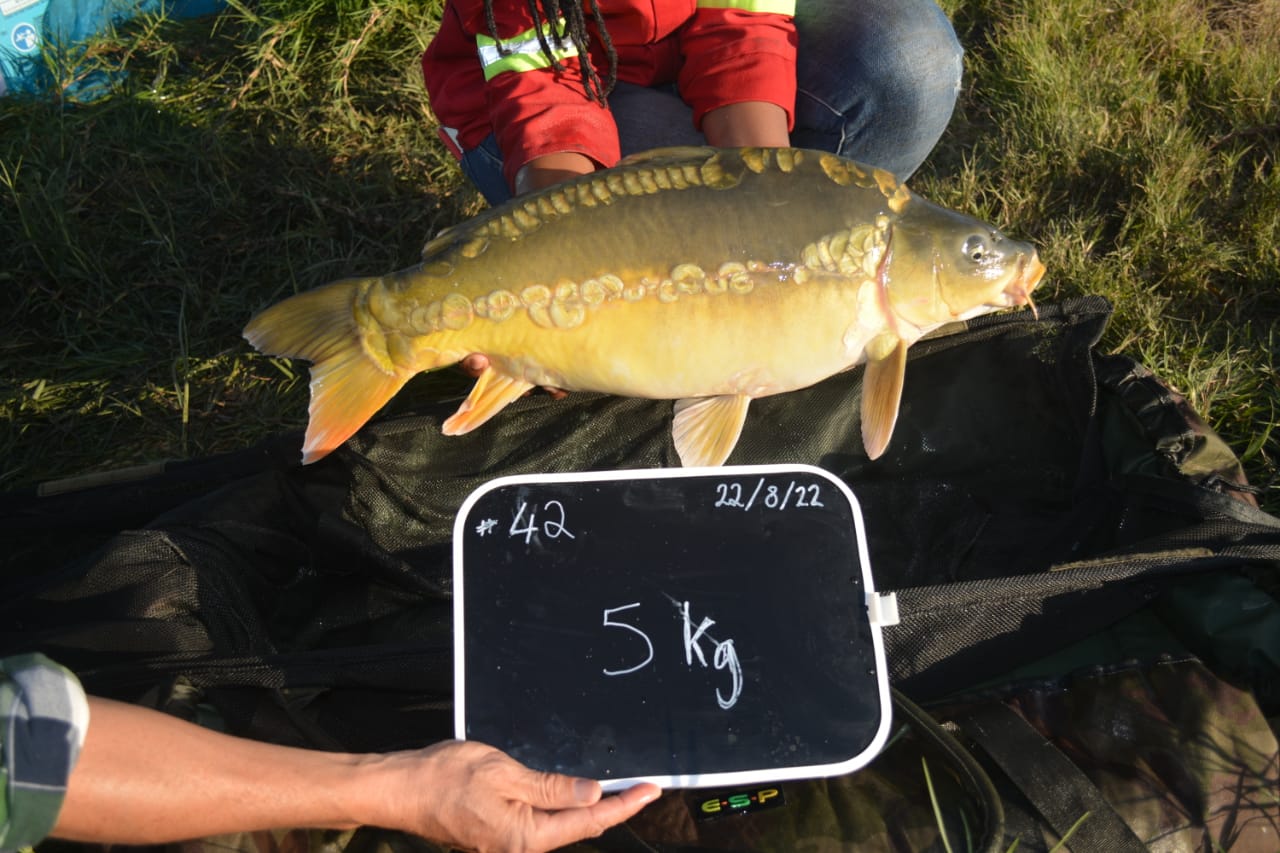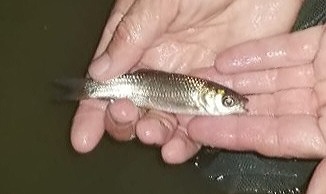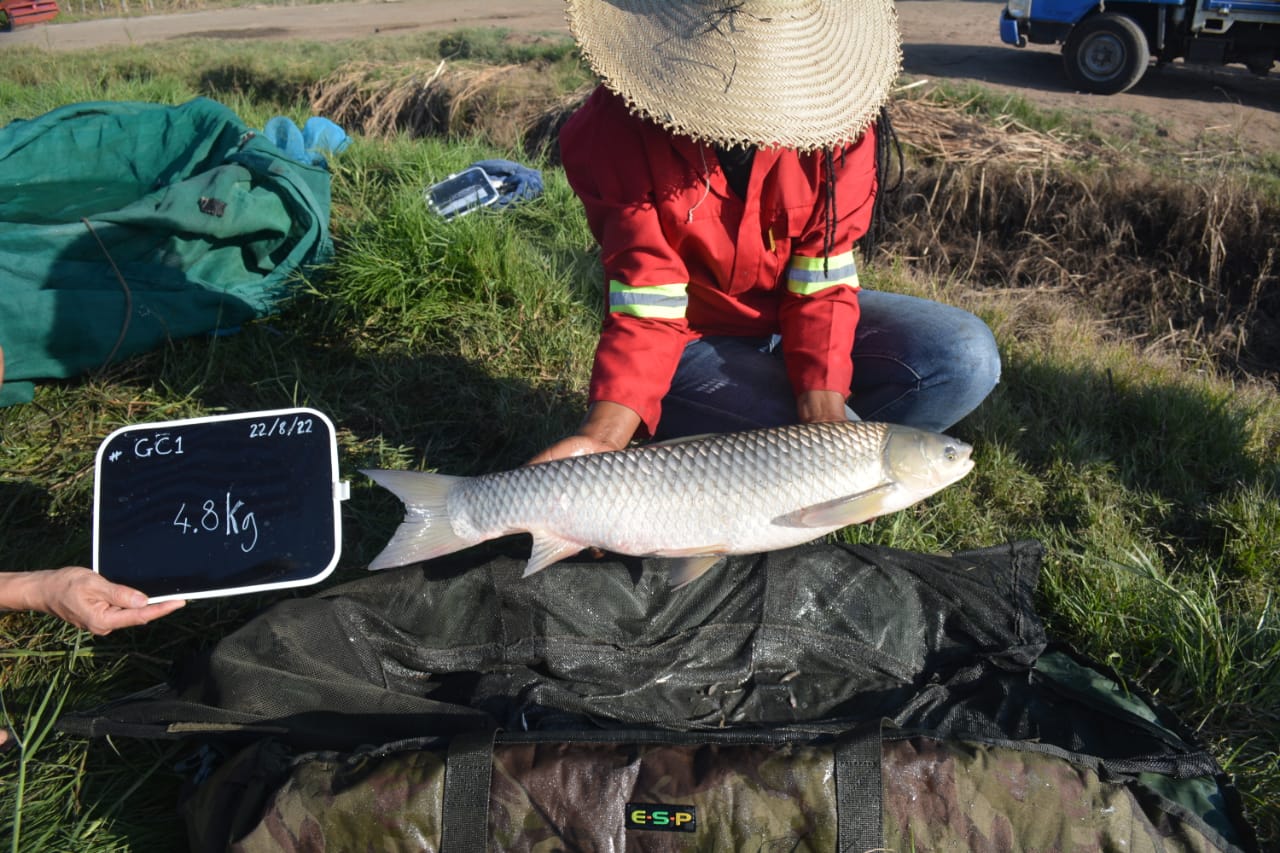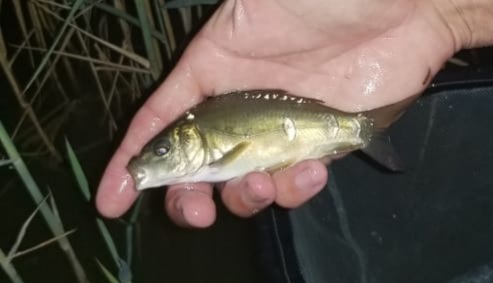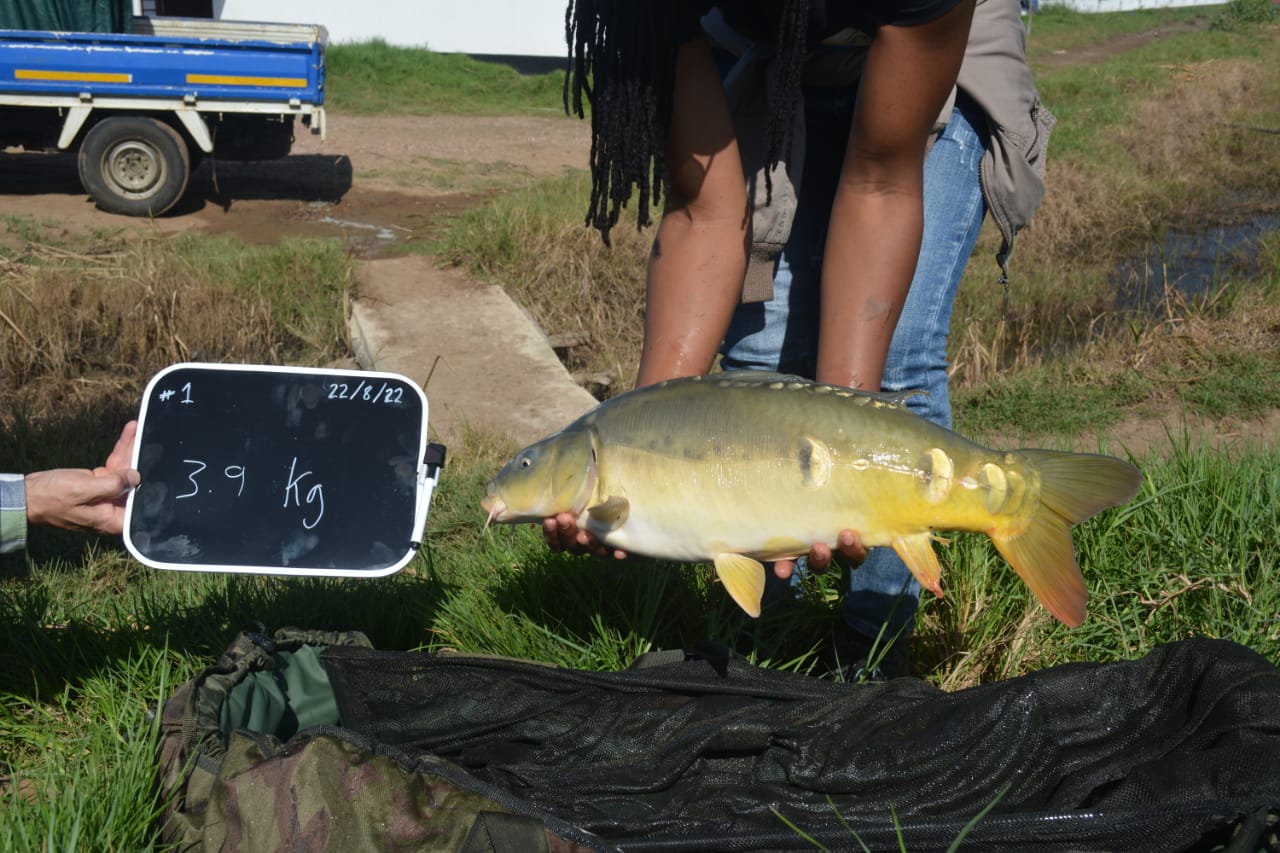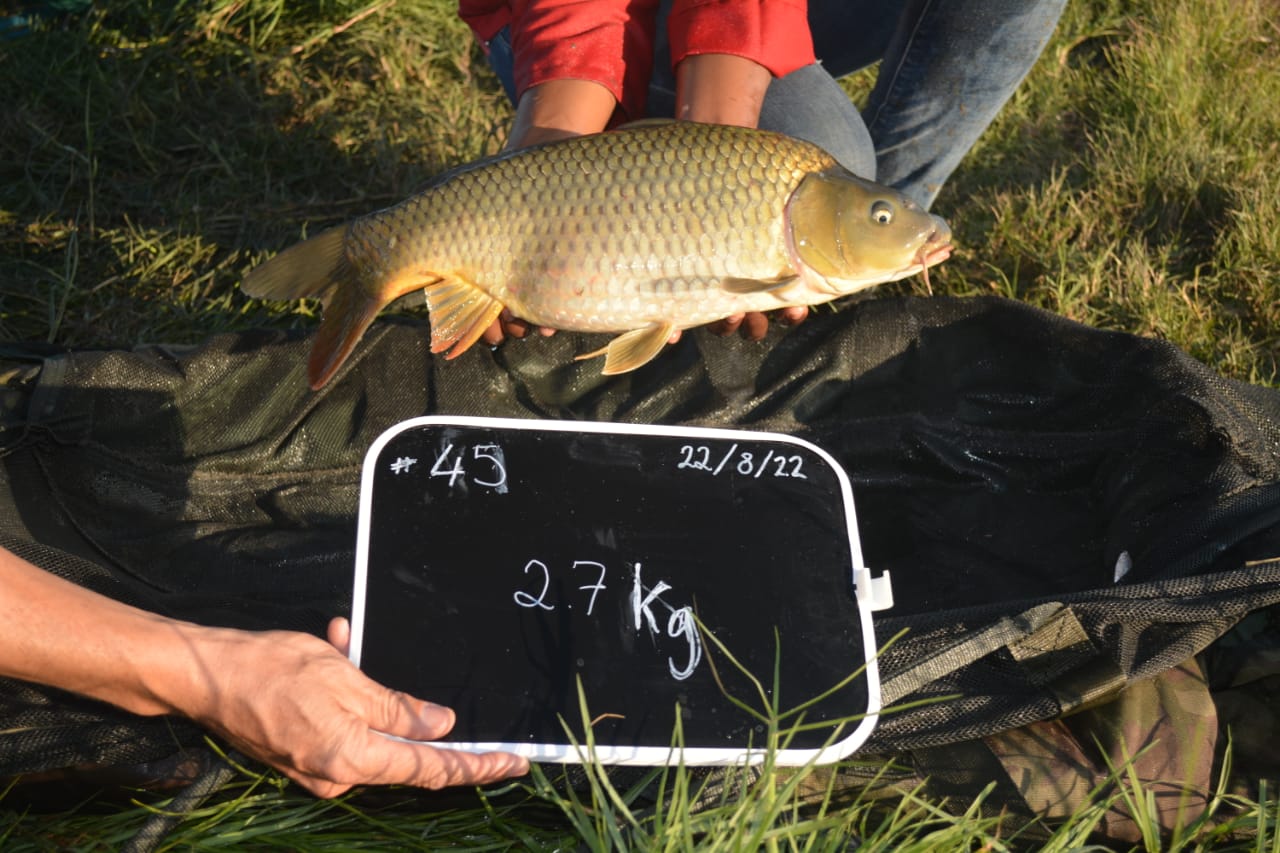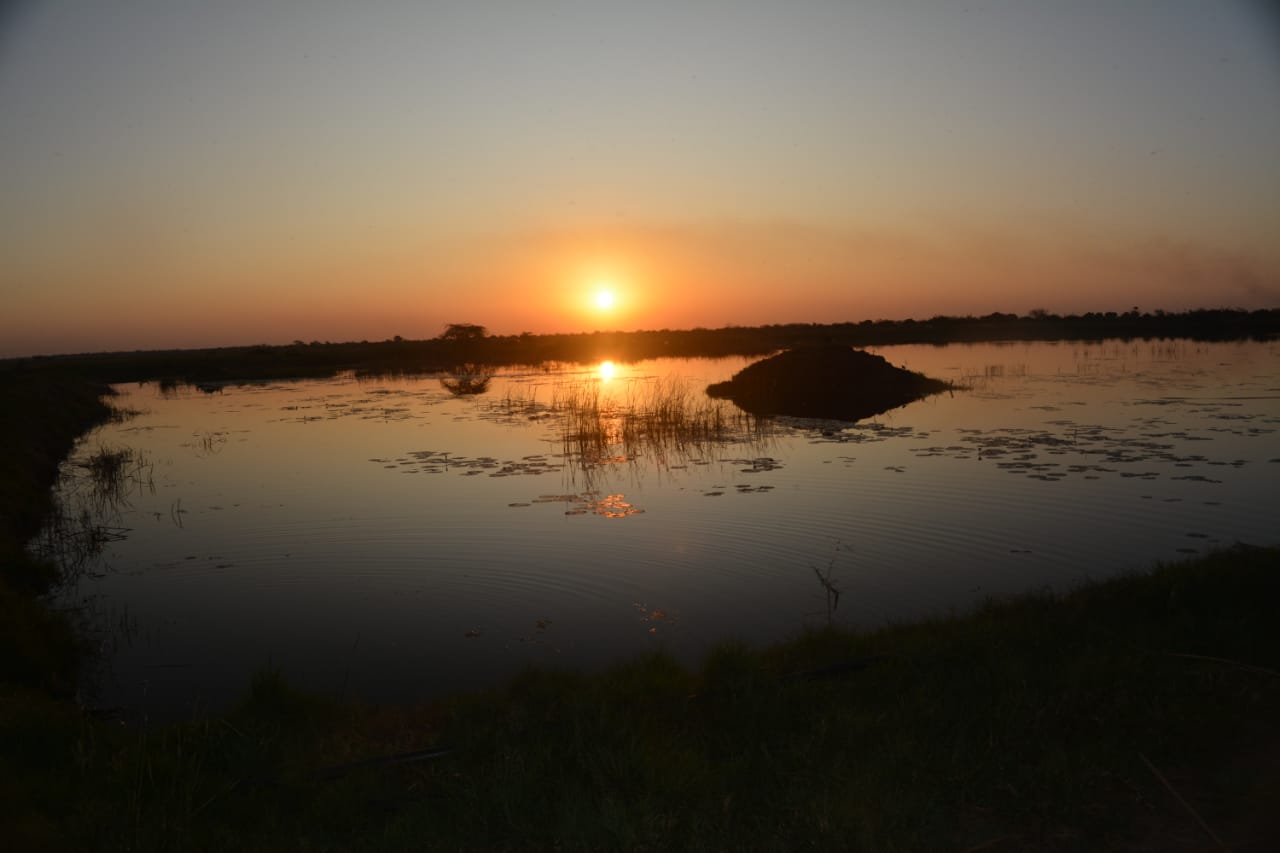
An African Adventure | Part 4
A story of a fishery, where no fishery has been before | Part 4
After my close encounter with a toothy crocodile and the completely failed Tigerfish mission, the beginning of 2022 hadn’t quite been the dream start one might have hoped for. Still, with a positive outlook on life, all I could think was that things could only get better from here!
My biggest challenge was still figuring out a way to successfully transport and stock Tigerfish into the two dams. The larger dam was set to become a predator venue with over 200 tigers, while in Carp Corner, I wanted around 100 or so to keep the water from being overrun with small carp spawned through natural breeding. So far, in seven months, we’d only managed to stock 30 tigers...
Back to the drawing board, I decided to explore the idea of using cages for quicker transfer of tigerfish once they were caught. Previously, we’d tried building a 3m x 3m floating system for the larger dam mission, but now I wanted to construct something far smaller—something we could leave with the local throw-net fishermen at nearby rivers.
We welded up a steel box structure and covered it with shade cloth. Nothing complicated! There was a flap-like opening at the top for transferring fish in and out, and we attached a rope so the cage could be securely tethered in the water, either from the bank or a boat. The next day, we delivered a few of these cages to our trusted fishermen.
Two days later, one of the fishermen called me to say he’d caught some tigers and that they were swimming around happily in the new cage. I jumped straight into the car and set off for his location, about an hour’s drive away (nothing’s ever close in Africa).
When I arrived, I scrambled down the steep, muddy riverbank to meet him. He was grinning from ear to ear, and so was I as I carefully transferred 14 healthy tigerfish into a bucket to carry back to the car, where a holding tank was waiting. The return journey to the farm felt like the longest hour of my life—I was equal parts excited and nervous! I called Piet en route to share the incredible news. When we finally lifted the holding tank out of the car and safely released the tigers into their new home, we were absolutely over the moon. One day with the new cages had yielded nearly 50% of what we’d managed to achieve in the previous seven months!
Persistence and perseverance had finally paid off. The next day, we released another 12 tigerfish, followed by 9 more. It carried on like this, and although it was a two-hour round trip each time, it was well worth the effort. Incredibly, by early April, we had stocked over 300 tigerfish into the two dams. To this day, I’m still not aware of anyone attempting anything quite like what we accomplished in terms of stocking tigerfish.
During these successful stocking months, we also had to tackle another challenge: the grass covering over 70% of Carp Corner dam. When the dam was filled, the terrestrial grass that had been there previously didn’t seem to mind being submerged—it simply kept growing! The shoots were breaking through the surface across most of the dam, making it nearly impossible to fish. The only clear patches were where the excavator had stripped away the topsoil to build up the banks or create islands.
We had no choice but to drain down the dam and tackle the problem at its root. Thankfully, there were a couple of very long, deep channels dug into the dam, so there was no risk of losing our tigerfish—they had plenty of deeper, grass-free water to swim around in. The shallower areas slowly but surely began to dry out under the relentless African heat, and it wasn’t long before we could start burning the grass to solve the problem once and for all.
The timing of this undertaking couldn’t have been better. By mid-April, the winter rains arrived—and they didn’t seem to stop for over two months! The dam quickly refilled, and, thankfully, the grass hasn’t been seen since.
The heavy rains also did wonders for the native trees we’d been planting around the venue. Watching their growth was incredibly exciting. The dams were transforming into something of an oasis. The surrounding lands, once stripped bare by colonial-era agriculture, were slowly coming back to life. Indigenous flora was beginning to return, and we were spotting more and more species of birds visiting the area—a thrill for an avid birdwatcher like me.
To create a fishery from scratch, starting with virtually nothing, and then to witness an environment beginning to flourish—it’s an incredibly rewarding experience.
Towards the end of August, we had the exciting task of netting our carp from the grow-out pond to select future brood stock and begin populating the Carp Corner dam. It had been 1 year and 5 months since the 100 baby carp first arrived at the farm, and this was the first time I’d be able to see exactly how they’d developed. From the hours I’d spent watching them feed, I knew there were some pretty impressive specimens in there, but with the turbidity of the earthen pond, it was impossible to see everything clearly.
Having reared carp back in the UK, I was used to seeing fish of around 1lb, or 0.5kg, after about a year. These would be classed as C2s, having grown through two summers, even though they were still two months away from their second birthday. Well, to say I was blown away by some of the carp would be an understatement. It was an incredible moment to finally be stocking the dam with fish we’d worked so hard to raise and prepare for over the past two years.
I’ll let the pictures do the rest of the talking for this article.


